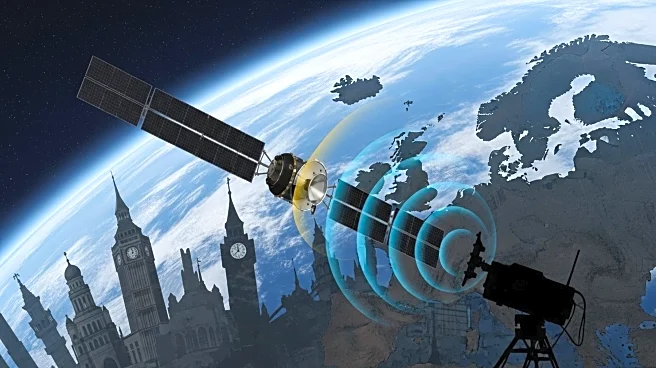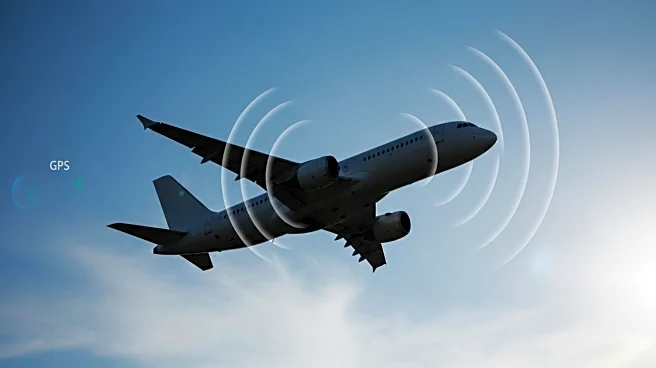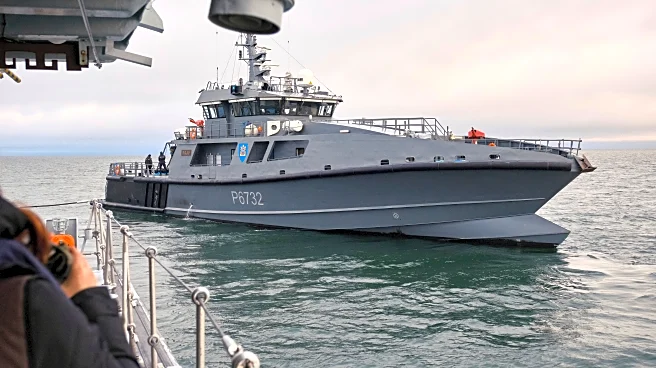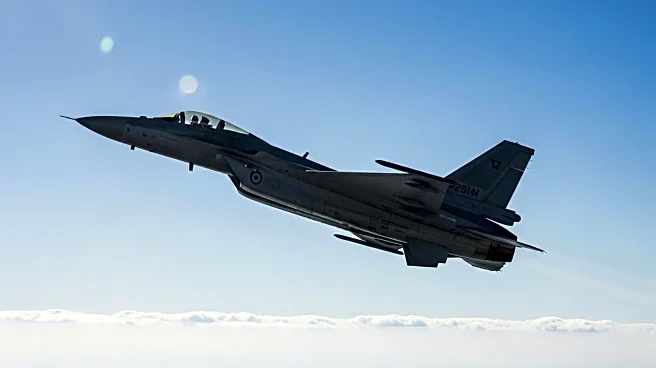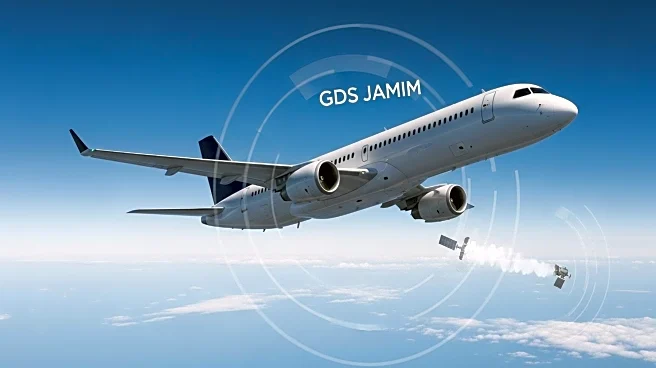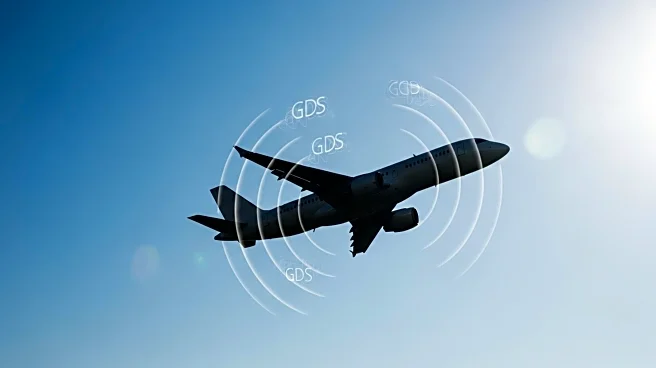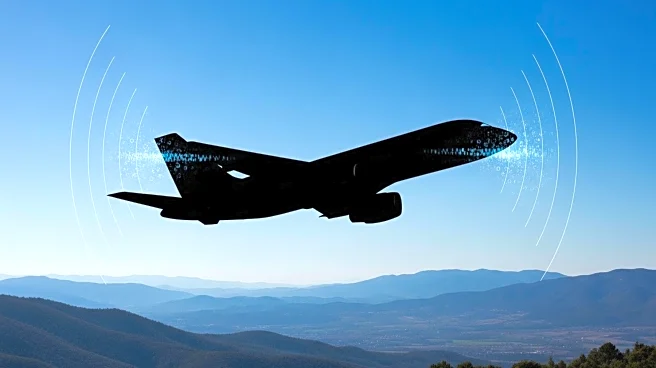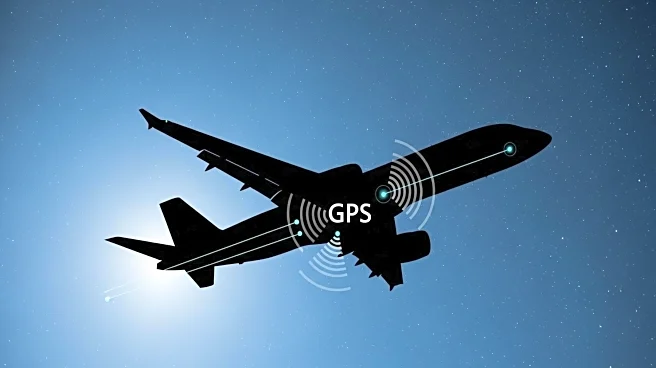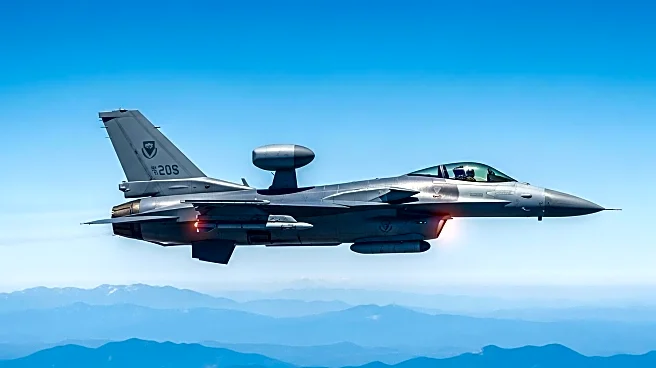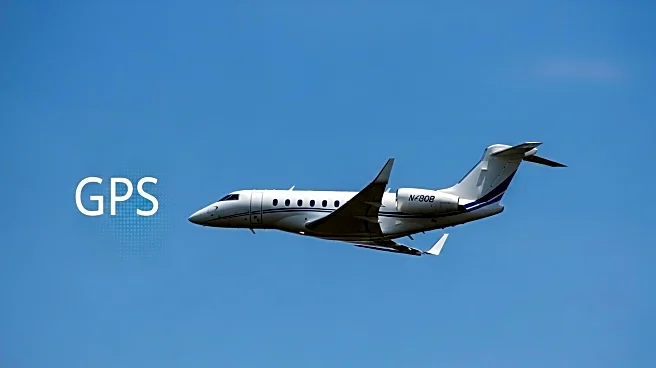What's Happening?
Russia's GPS jamming operations have been increasingly affecting European airspace, with nearly 80 incidents reported since the invasion of Ukraine in 2022. The latest incident involved the plane of European Commission President Ursula von der Leyen, which experienced GPS jamming while landing in Bulgaria. This type of electronic interference, which includes jamming and spoofing, has been reported across Nordic and Baltic nations, disrupting communications for planes, ships, and drones. Russian authorities claim these actions are defensive, aimed at protecting key infrastructure from potential threats.
Why It's Important?
The widespread GPS jamming by Russia poses significant risks to aviation safety and international security. It highlights the vulnerabilities of global navigation systems and the potential for electronic warfare to disrupt critical infrastructure. The situation underscores the need for enhanced security measures and international cooperation to address these threats. The impact on aviation and maritime operations could have broader economic and geopolitical implications, affecting trade and transportation across Europe.
What's Next?
European nations are likely to increase their efforts to mitigate the effects of GPS jamming, potentially through technological advancements and international collaboration. This may involve developing alternative navigation systems and strengthening cybersecurity measures. The ongoing electronic interference could also lead to diplomatic tensions between Russia and affected countries, prompting discussions on international regulations and agreements to prevent such activities.
Beyond the Headlines
The ethical and legal dimensions of GPS jamming involve questions about the balance between national security and international norms. The use of electronic warfare tactics raises concerns about the potential for escalation and the need for clear guidelines to prevent unintended consequences. The situation also highlights the importance of resilience in critical infrastructure and the need for continuous innovation to address emerging threats.
